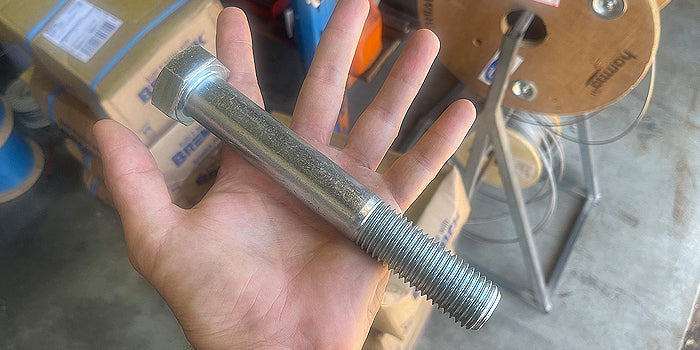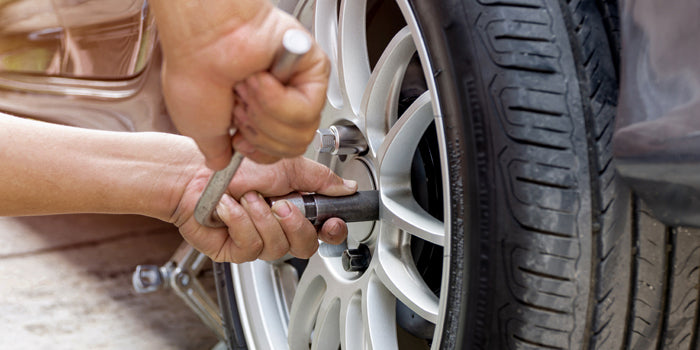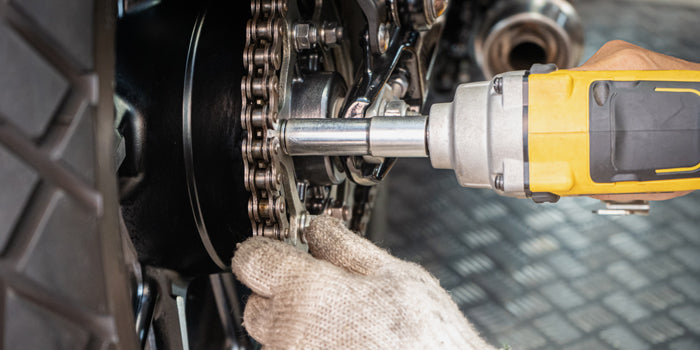Understanding Bolt Grades
Bolt grades serve the important purpose of communicating the mechanical properties of bolts. In this way, properties of fasteners such as strength, safety, reliability, consistency, and cost-effectiveness can be matched to required applications to achieve an optimal result. Like all things with nuts and bolts, things can be a little complex! In this article, we review bolt grade systems - what they are, how they work and how they differ from each other. Let's check it out!
Bolt Grades Overview

Bolts come in many different shapes and sizes. They're made of a variety of materials for a range of purposes. To understand their capabilities and determine the applications they are suitable for, they are assigned grades, which are like ratings that explain their properties.
The grades they are assigned come from standards (or systems). These standards are not identical - they are developed by different nations and industries to evaluate and present information about fasteners. Examples of different standards include:
ISO (International Organization for Standardization)
ASTM (American Society for Testing and Materials)
AS (Australian Standards)
DIN (Deutsches Institut für Normung)
BS (British Standards)
When you're talking about bolt grades, it's important also understand which standard it relates to, in order to properly understand what it means.
What do Grades Indicate?

Bolt standards help engineers and builders make informed decisions about which fasteners to use in different situations. Different standards provide different sets of information about fasteners, but generally they are concerned with strength, tensile strength, yield strength, materials, application suitability, performance under load, durability compatibility, and safety.
Which Grade is Best?
With fasteners, it's important to understand that suitability is more important than cost. In other words, you don't need the most expensive fastener - you only need the fastener which is mechanically suitable for the application. Since grades describe the properties of fasteners, the best grade is relative to the application.
Which Standard Should I Use?
Standards are not uniform in their conclusions. They are all essentially trying to resolve the same problem (the correct fastener to use, and how to use it) in ways that reflect the local (or industry-specific) practices and regulations, and heritage of practice. Accordingly, it's important to refer to the most current and relevant standards to ensure proper selection, installation, and performance of fasteners - it will depend on what you're working on and where you are working on it. If you're not sure, simply ask our team. We are here to help!













